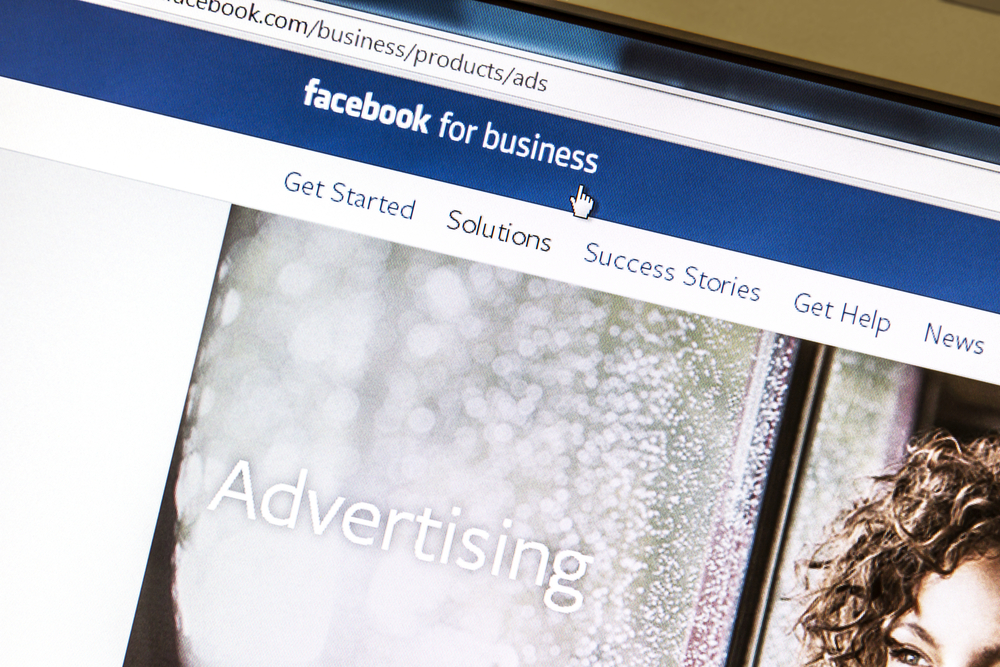Split testing, also known as A/B Testing, is the practice to test multiple versions of an element to determine which performs best. Split testing can be used to determine the winner, which can then be compared against another variation. Split testing can be repeated endlessly, but even basic split testing can lead to increased ROI.
You’re losing money if your Facebook Ads aren’t split tested. It’s that simple.

The A/B split test:
An A/B Split test, as I mentioned above, measures the performance differences between different elements. Advertising is no different. There are many things that you can change. You usually start by creating a mockup of an advertisement that you believe will be successful.
You then duplicate the ad but make some changes to it. Split testing can be used to test images, headlines and ad copy. You should also change only one element per ad variant.
It can be confusing to change more than one element at once. This could lead to confusion and make it difficult to understand why one variation is performing better than the other. Split testing the most general elements is a good idea. As you narrow down your “ideal” ad, it’s a good idea to move on to the details. This will be covered in greater detail later.
Split testing can be confusing because there are so many metrics you can compare. You can track CTR, HTMLPC clicks, spend and conversion rates. Split testing is possible, but you need to choose one metric to measure ad performance.
Comparing metrics will not do you any good.
Understanding the structure and functions of Facebook Advertising
Split testing is best done at the right level. This Facebook advertising process looks like this: Each level of the advertising structure is suited to different things.
- Campaign level: Split testing should not take place at campaign level. Each campaign should be set up to track different goals. These goals can be anything you want to achieve, such as website conversions or page post engagement.
Ad level: Here is where creative split testing takes place. Individual ads can be set up here. Here you can test headlines, images, ad copy, and any other elements that might be included in the ad.
Split tests as an example
Now that you have a basic understanding of split testing and how it works at different levels in Facebook Advertising, it is time to give it your best shot. You can see how it works in action by looking at the demonstration split tests I have created.

Demographic split testing
As I said before, it is important to start with the basics and then work your way down. This very broad example shows how you can approach your split testing using a narrower and more precise view of your target audience based on your industry and business. Let’s assume that I know my target demographic as males living in the United States. I will be measuring click-throughs.
To find the best age groups that respond to my ads, I would create 2 ad sets. The ads in each ad set will be identical, so the final campaign structure would look like this:
After serving each set for a few thousand impressions I will have an idea of which age range has the highest CTR. To further target my ideal demographic, I could break down the winning age range into additional ad sets that include other age ranges.
As I mentioned before, this is only an example of how split testing works. Businesses already know what age group their target demographic is, so it wouldn’t be a benefit to conducting a wide test. Split testing could be more efficient if you use 3+ ad sets, each one broken down into specific age groups (e.g. 18-35, 36-50, and 51-65+).
Split headline
Here is another split test that compares CTR. These ads would appear in the right column on Facebook’s desktop website. Both ads share the same targeting, and both use the same image as well as the same body copy.

Other suggestions
These are just a few examples of split testing. You can test every element of your ads. This is a list of good starting points to start your split testing.
- Gender
- Age
- Localization
- Status of the relationship
- Specific targeting vs. broad targeting
- Image
- You can use the same image but with slight variations such as a border or drop shadow. Make sure that your changes are within Facebook’s advertising guidelines!
- Ad headline
- Copy of the body
- Landing pages
A quick note on ad sets
Facebook’s advertising algorithm may be too aggressive when choosing a favorite ad from an advertisement set. Facebook will redirect most traffic to the “favorite ad” if it seems that one ad in an ad group is performing better than others. Facebook sometimes jumps the gun and decides on a winner before there is enough data.
This will cause skewed analytics as other ads in an ad set may not receive the impressions required for meaningful analysis. Facebook has taken steps towards addressing this issue by implementing the Ad Set Model and allowing budget allocation at the ad sets level. However, the problem can still arise if split testing ads within an ad group. There are two options to address this issue.
First, pause the “favorite ad” long enough to allow others to catch up with the received impressions. Facebook will most likely choose another ad to support if you pause. You’ll need to be vigilant about your campaign and stop any ads that appear as the “favorite” until you have enough data to analyze them properly.
Another solution is to create a completely different ad set each time you run an ad. This will allow you to allocate a budget per ad variant you are testing. This is more labor-intensive upfront as you will need to create multiple ad sets that only contain one ad, especially if you are testing several different variants. This solution can be more “set it, forget it” than needing to pause ads for traffic distribution.
It’s a good idea to test different solutions if you encounter this problem.
…and a quick reminder about budgeting
Split-testing ads can result in short-term losses of money if ads don’t perform well. This is a good thing. This means that you are identifying and pruning low-performing ads to fund the best live campaigns.
This is where the adage, “You have to spend money to make money” applies. Split testing is a common question. Unfortunately, there’s no magic number. A higher budget will result in more data being acquired quicker, which can lead to more precise and actionable testing.
Don’t be discouraged: data can still trickle in with a $5 per day budget. Although it may take longer for the impression benchmarks to be met for statistically relevant data, it is still split testing and can still provide useful information at a very low cost.

Now you have split-tested your ads and found some winners. What now?
Continue testing!
You can let your winning ads go with a larger budget but you should never stop trying new variations. Most Facebook ads have a short life span before banner blindness takes over. It’s smart to keep a list of your most successful ads, even if you don’t intend to run them right away. Once you are comfortable with basic split testing you can scale up your process.
Split testing is a great way to test multiple variations of an advertisement. However, it’s not difficult at all. Here’s an example of a more complex split test setup. It is designed to determine which image, headline, and body copy combinations are the most effective. This example uses one image per ad group: The headlines for each image are identical, and each headline has five copy variations.
Even though this example isn’t as complex as what experienced social media marketers do, it shows how quickly testing can be made from simple to complicated.
Is your company willing to split-test Facebook ads?
If you don’t have enough information, I hope you found this helpful. If you have split-tested, please share your tips and tricks with me in the comments!